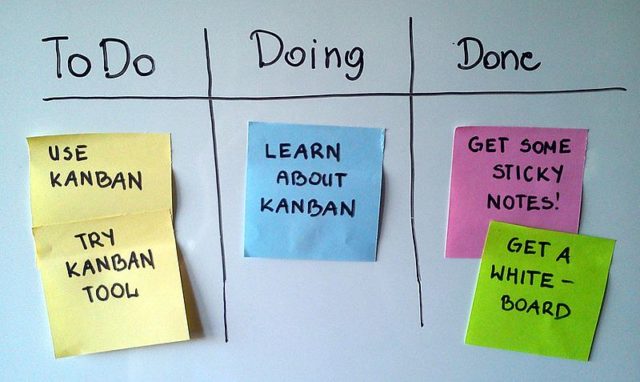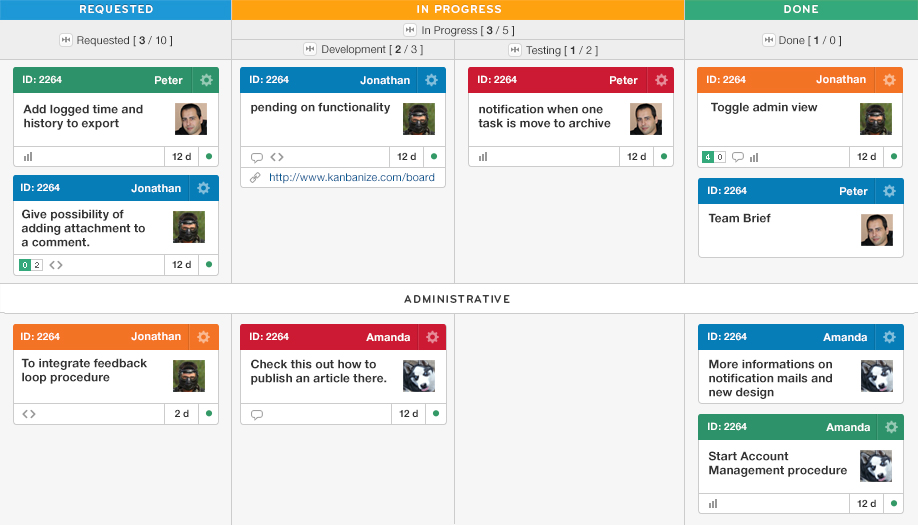While it might sound like it, you won’t find Kanban on a sushi menu – but it does come from the same country, or more specifically, a Japanese engineer working for Toyota in the 1940s, whose mission was to create a system that organized and streamlined the manufacturer’s production line.
Given the popularity of the method today, it’s safe to say that they were successful. This is thanks in no small part to the current prevalence of business-oriented software, which has helped organizations of all sizes leverage everything that Kanban has to offer in its digital form. This namely includes visualizing, managing, and optimizing workflows.
It can be applied to just about any field, whether to drive down costs, decrease resource wastage, or improve collaboration. But how does this happen? And what exactly will you gain from using Kanban? Read on to learn more.
Visibility
At the foundation of this method is the Kanban board. Its purpose is to visualize the series of processes that take a task from idea to reality. While its implementation can vary, a Kanban board is typically split into rows of teams, with “cards” for each team member. Columns are then split into “to-do” and “done” sections.

Between that are the tasks and what they involve. As team members move through each process, their cards are placed into the appropriate column. This makes it easy to track progress and identify bottlenecks, as you can see exactly where everyone is relative to where they are supposed to be and what they’ve already done.
Efficiency
It’s not uncommon to throw more resources at a problem as a means of reaching the solution faster. Kanban takes a different (and arguably better) approach, helping you increase productivity by utilizing what you already have. It focuses on flow efficiency, which is a ratio that determines how much of your work is actually in progress.
Knowing that will help you highlight tasks that aren’t being completed as fast and effectively as possible, be it due to stalled work, bottlenecks, or unproductive team members. By encouraging you to focus on the obstacles in your workflow, Kanban makes it easier to identify where there is the most room for improvement.
Productivity
In a similar vein, Kanban improves productivity by shifting your focus to completing work as opposed to getting started. This is achieved by utilizing two key productivity metrics – cycle time and throughput. The former refers to how long it takes to complete tasks, while throughput is a measure of how much work you get through in a given period.
Tracking and analyzing these metrics helps you identify changes in your productivity. This information will bring awareness to times when productivity goes down, which can prompt a search for the cause and subsequent solution.
Improved Focus
Most of us know by now that multitasking is a waste of time and that focusing on one thing before moving on to another is far more efficient. Kanban follows this principle by encouraging team members to focus on a single task at a time rather than splitting their attention between several items.
With that being said, good Kanban software recognizes the importance of the bigger picture and allows you to visualize the state of multiple projects at once, as opposed to only individual tasks. This is a core principle of Portfolio Kanban. You can learn more here on Kanbanize, which is one of the leading providers of Kanban software solutions.
Their offerings are particularly suitable for project management, software development, engineering and IT departments. If you’re looking to reap the benefits we’re talking about, Kanbanize is worth checking out.
Reducing Workload
Traditionally, management plans a project before attempting to allocate tasks to team members appropriately. The potential downside here is that certain members can become overburdened with work. Kanban takes a different approach, known as the pull system, which is when tasks are “pulled” by whoever has the ability to take them on.
Another core practice of Kanban is WIP (work in progress) limits. When a WIP limit is imposed, no new tasks can enter the current project until existing tasks are completed, which helps everyone stay focused on the most relevant work.
Less Waste
In the context of Kanban, waste refers to anything that consumes resources without providing value. The simplest example would be any task that takes time to complete without rendering a tangible result, such as something that a customer is willing to pay for (value). Kanban helps to reduce waste by highlighting non-essential tasks.
Collaboration
It should come as no surprise that using Kanban can go a long way in helping your team collaborate better. Everyone can see how everyone else is performing, which motivates productivity. It also encourages team members to work together and identify how to do better.
As you can see, Kanban is incredibly beneficial to a team’s productivity and success. Be sure to consider it moving forward.
